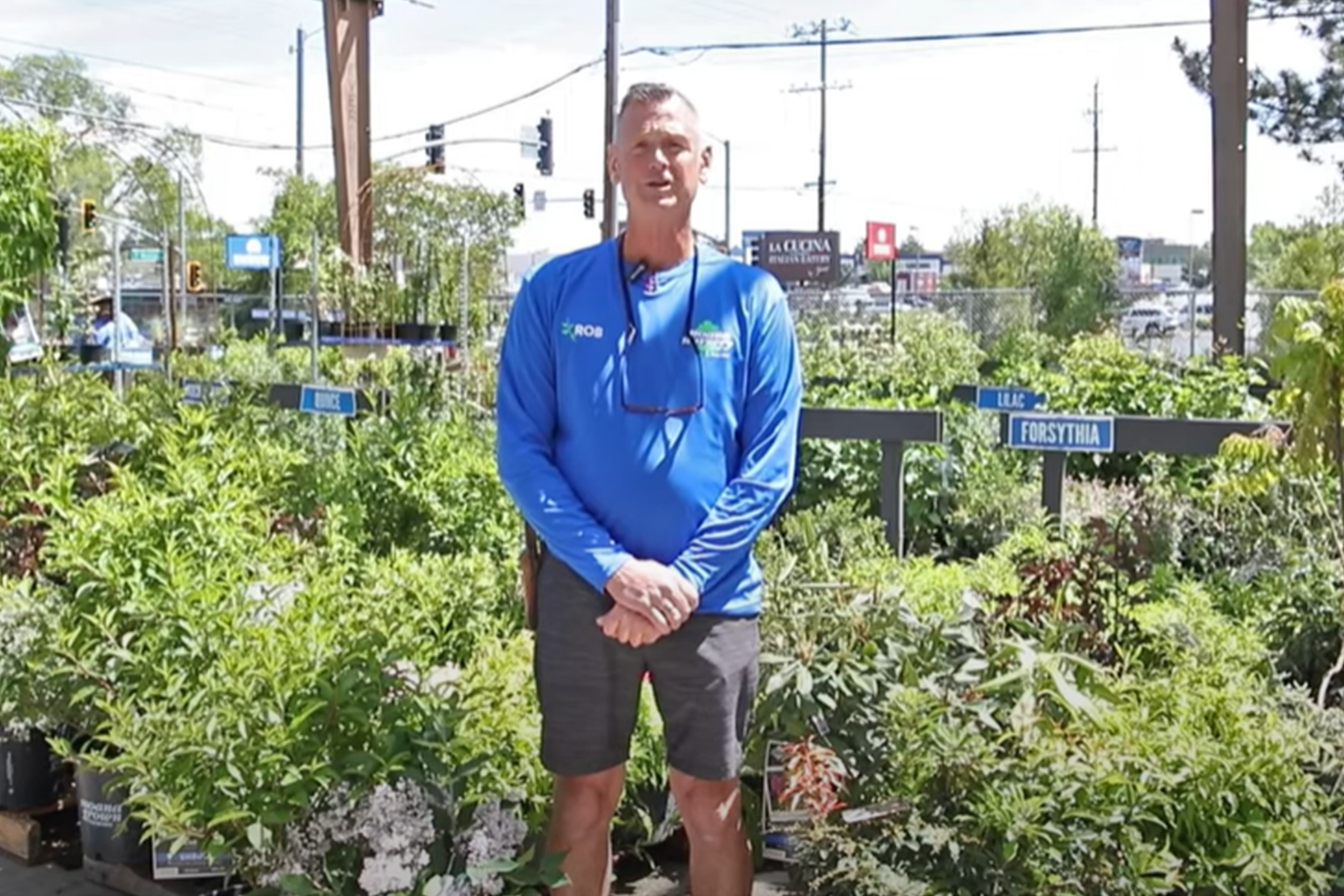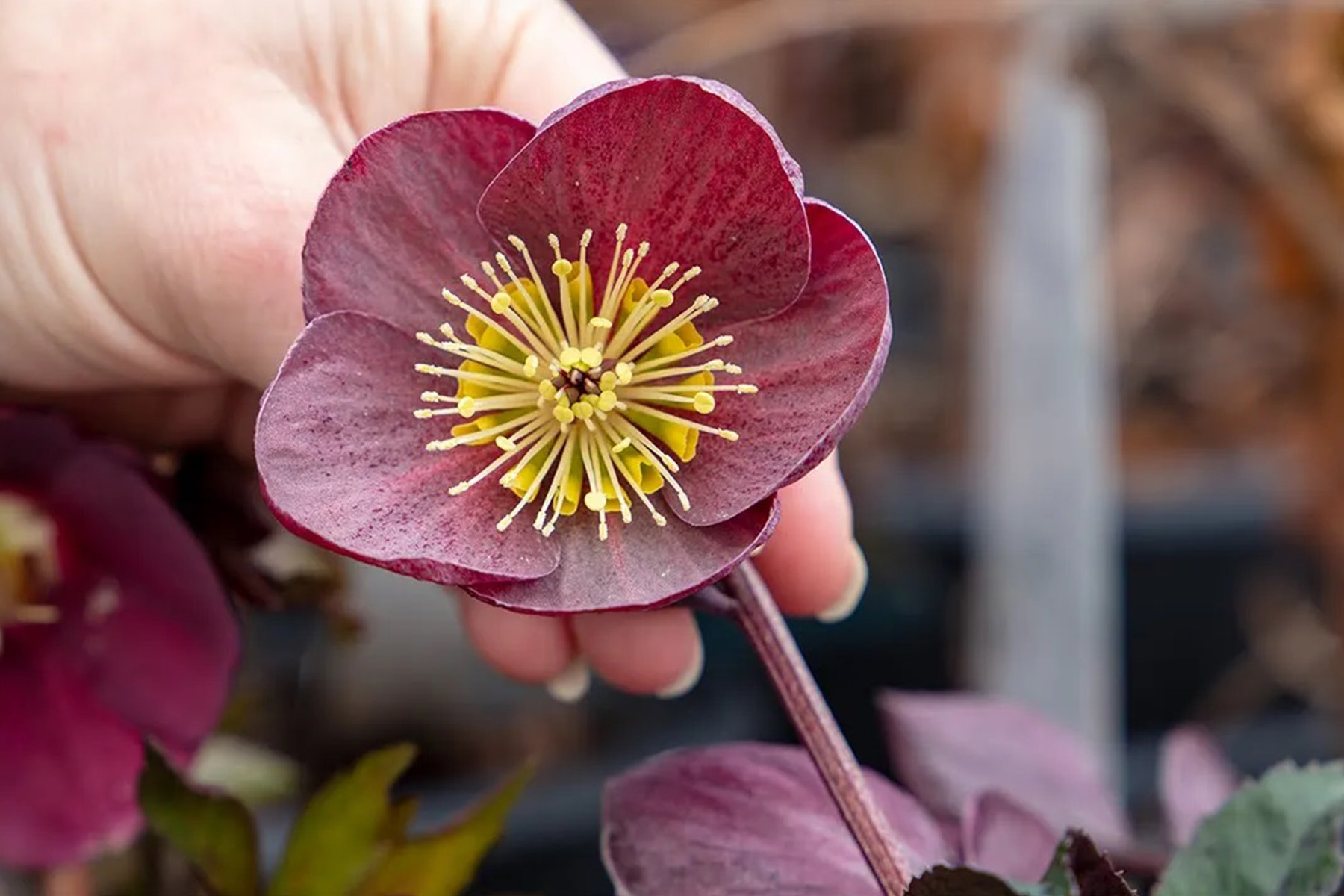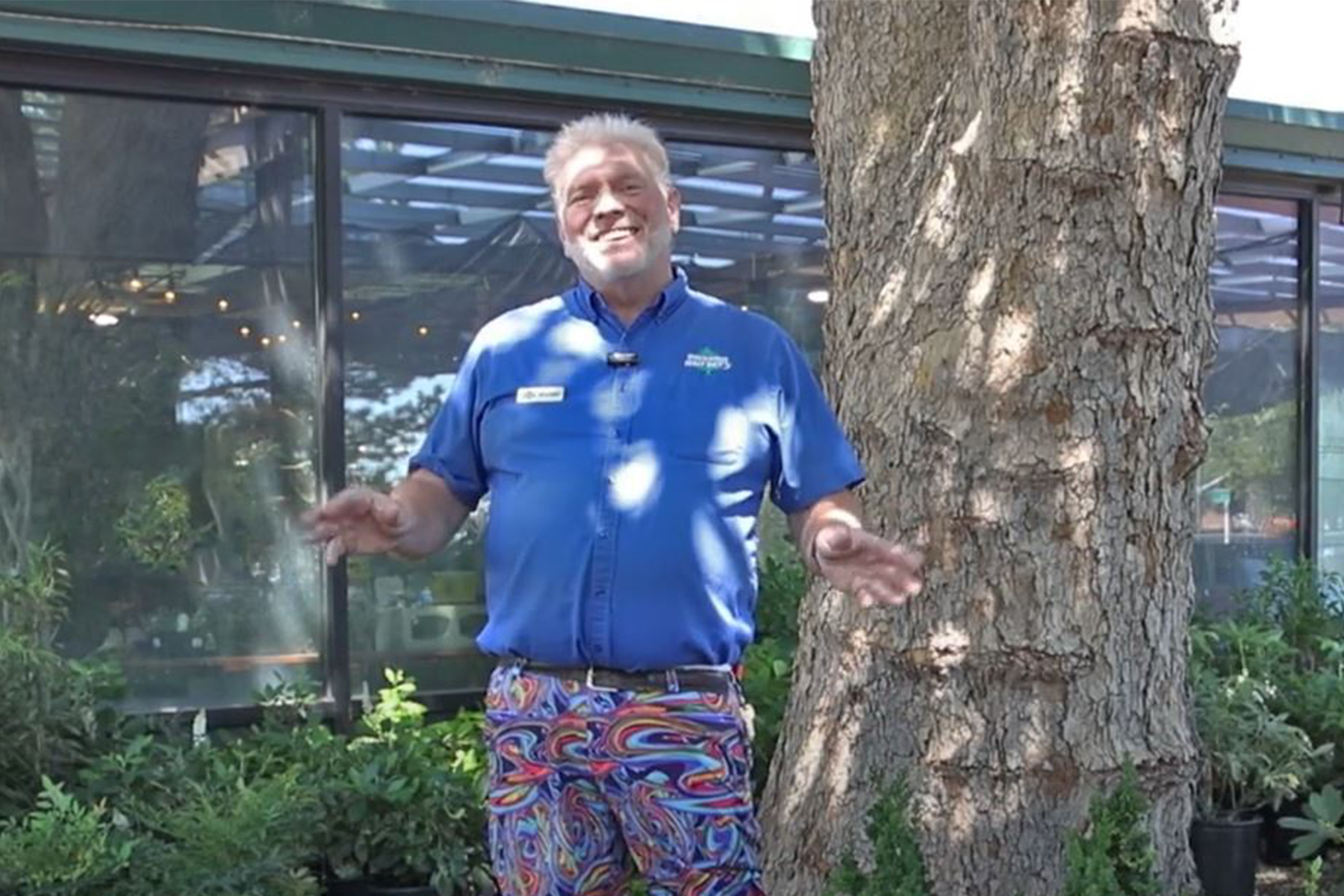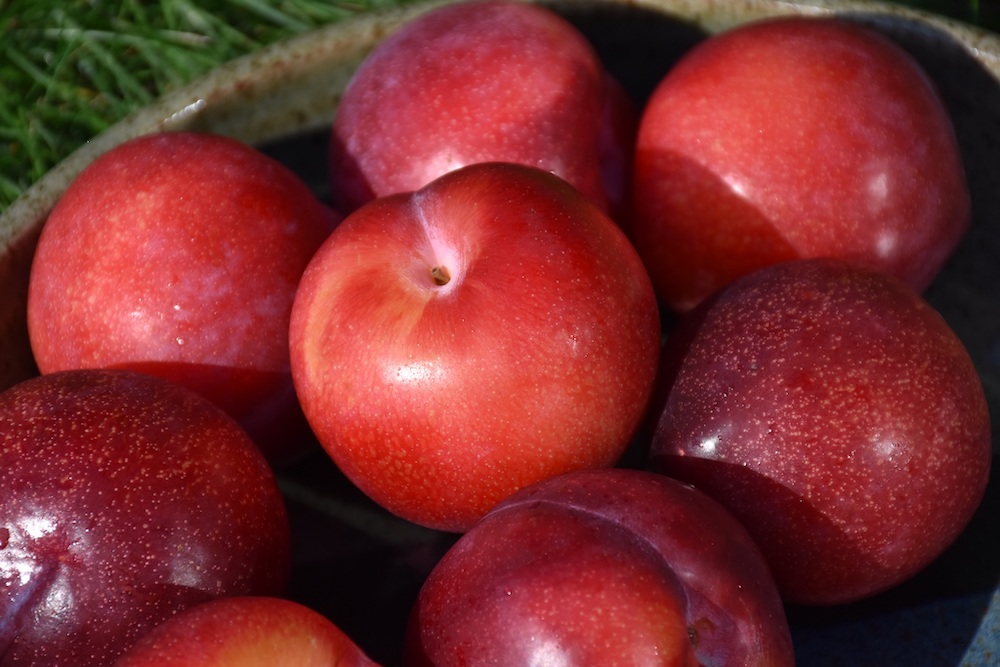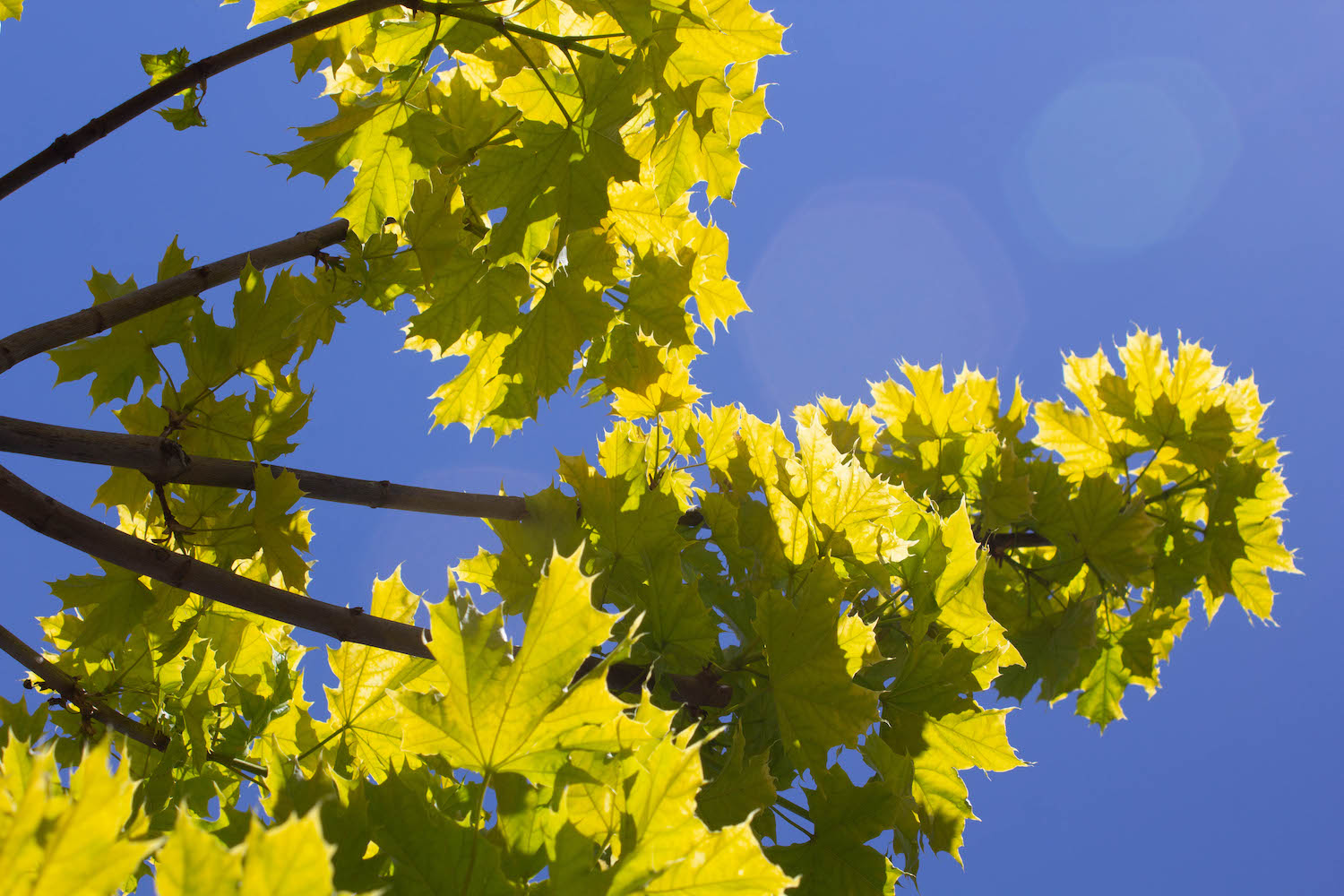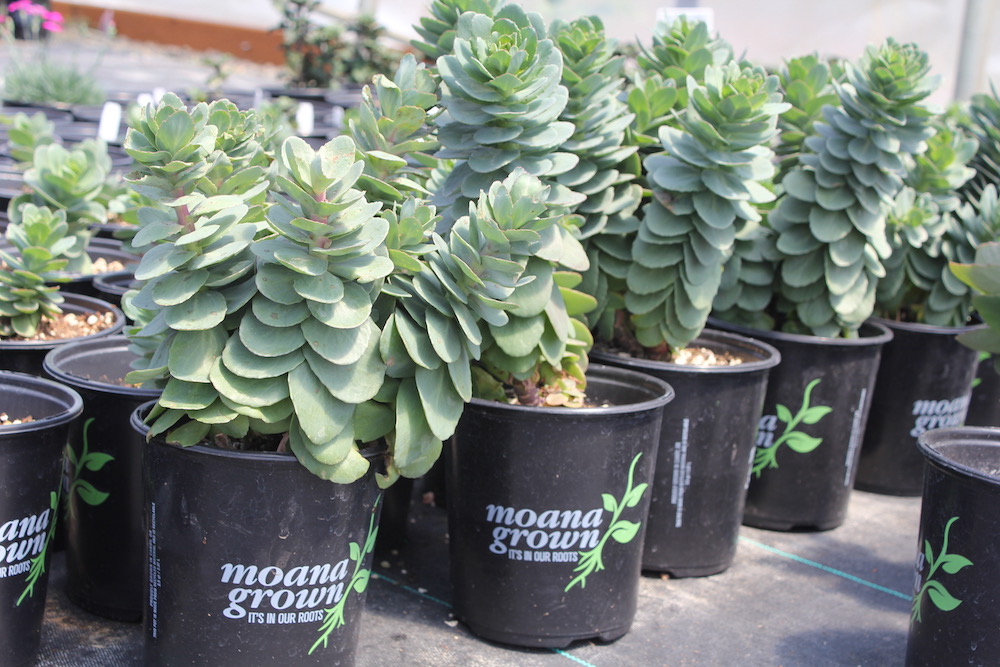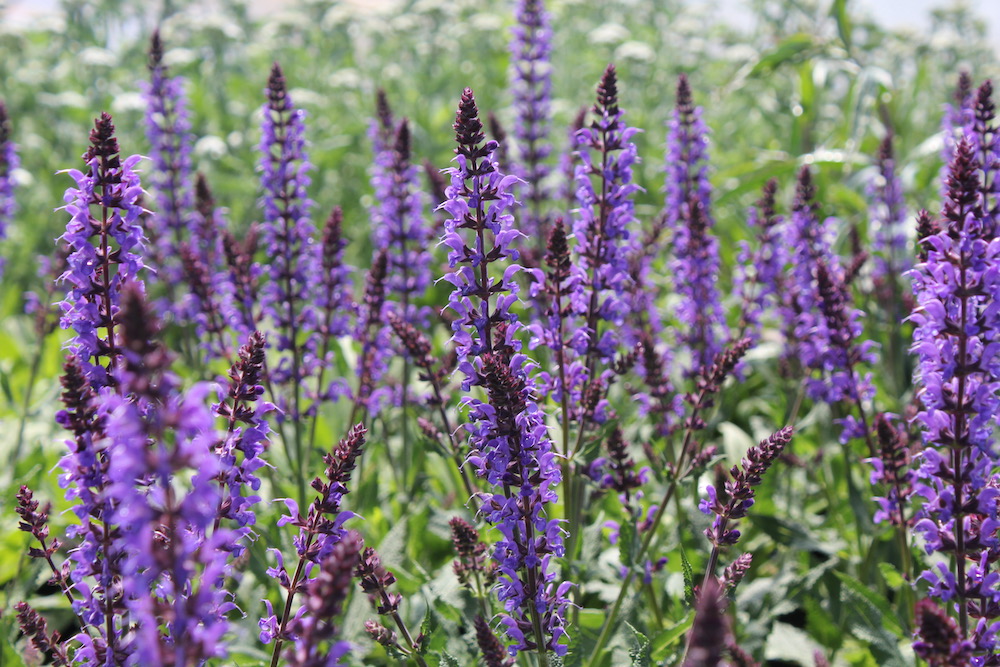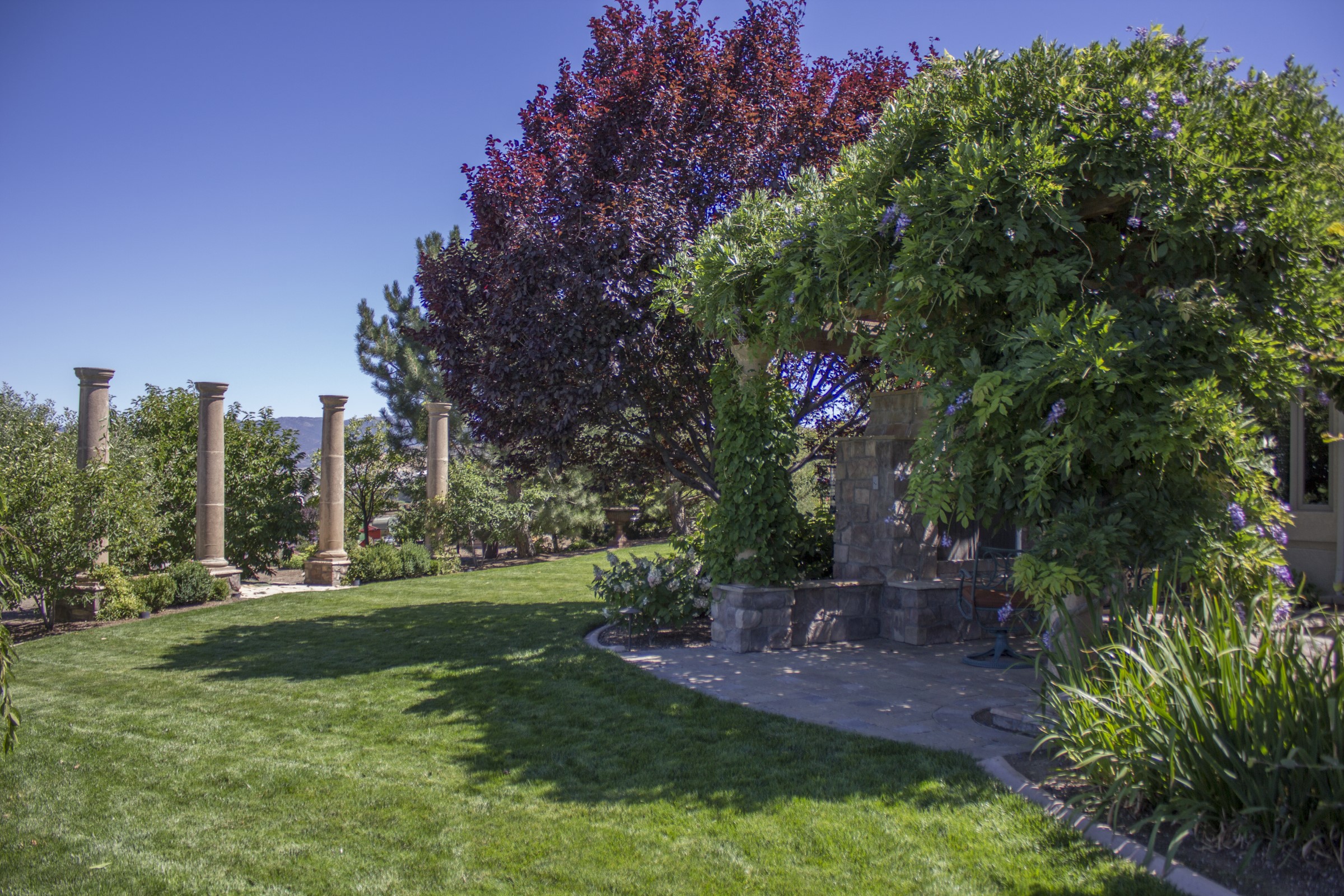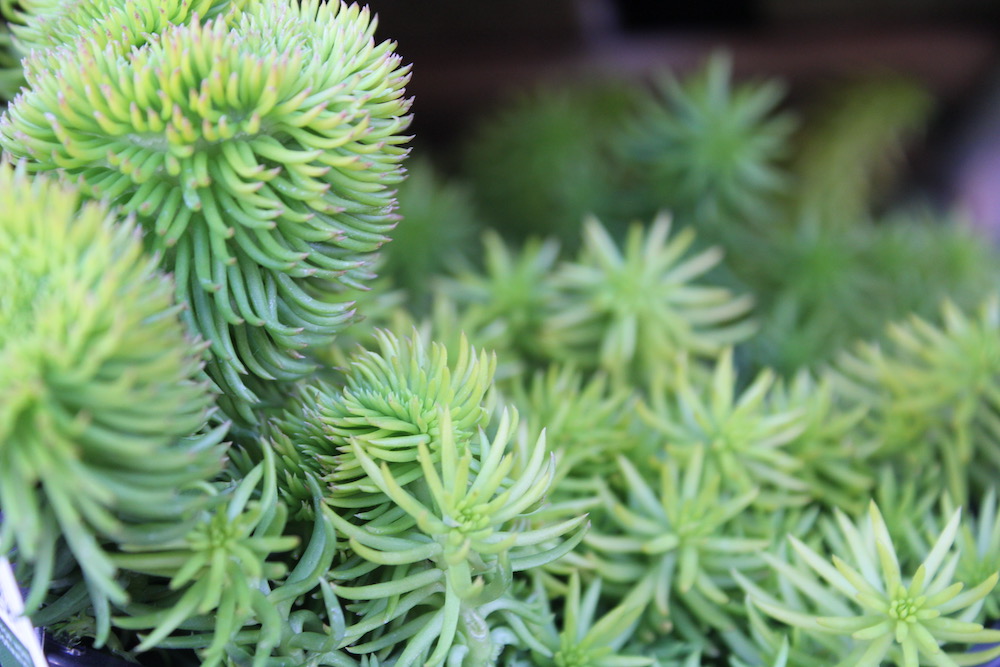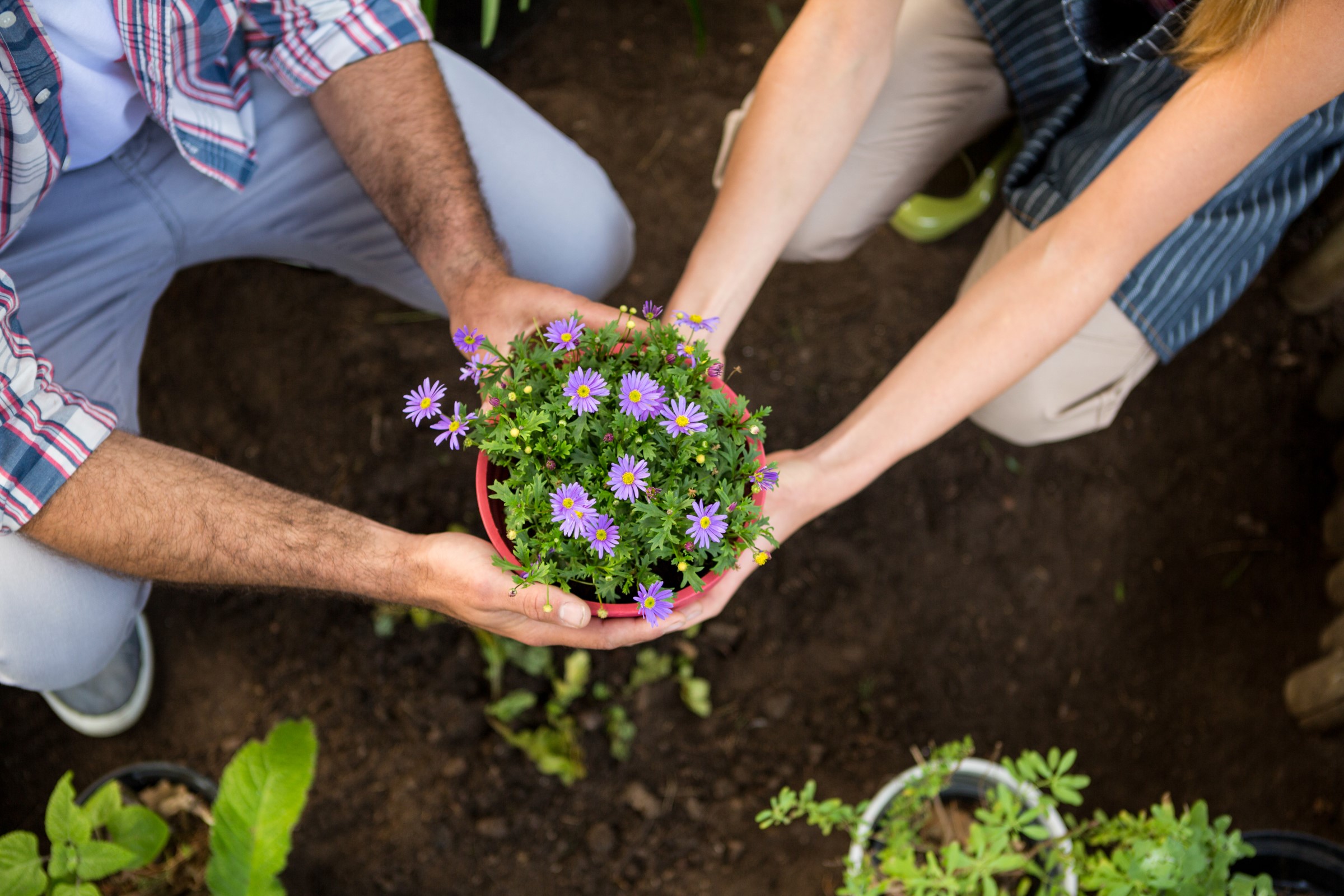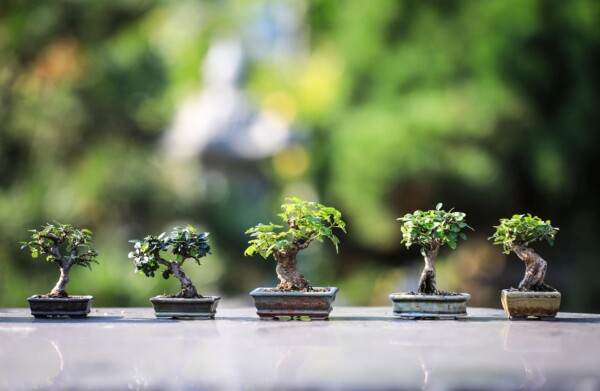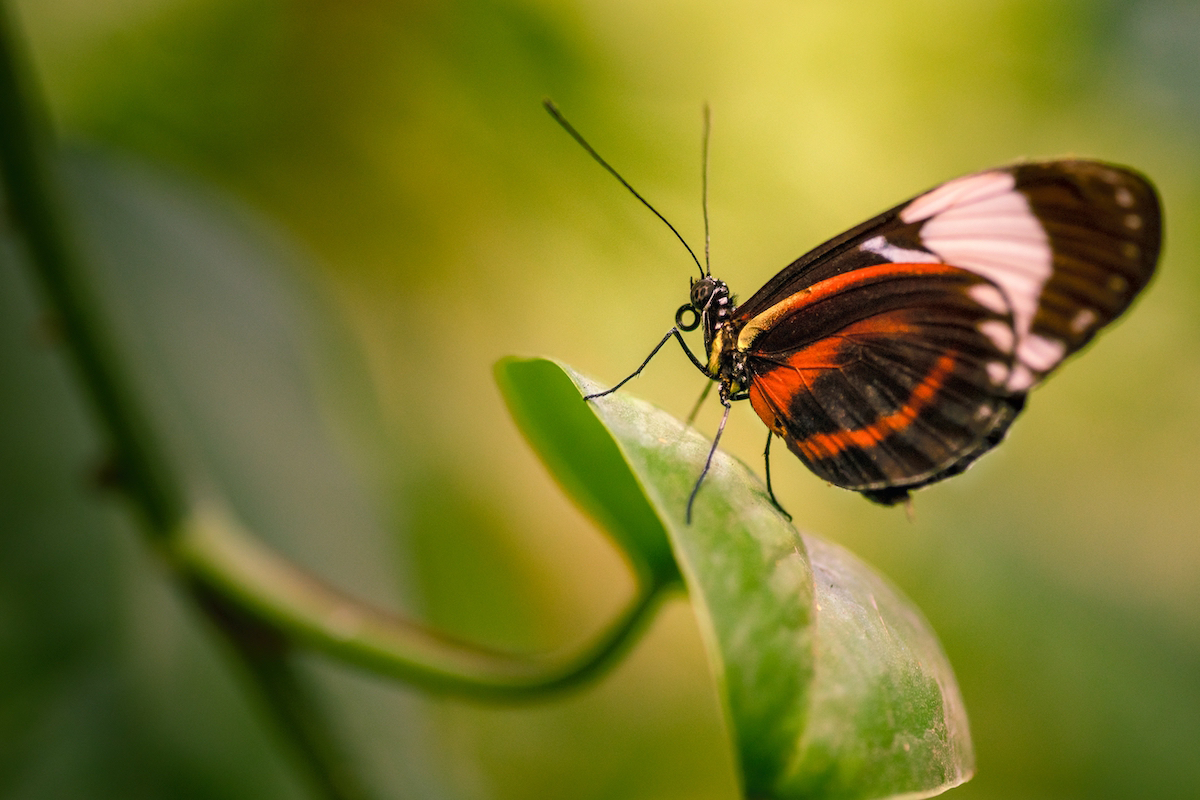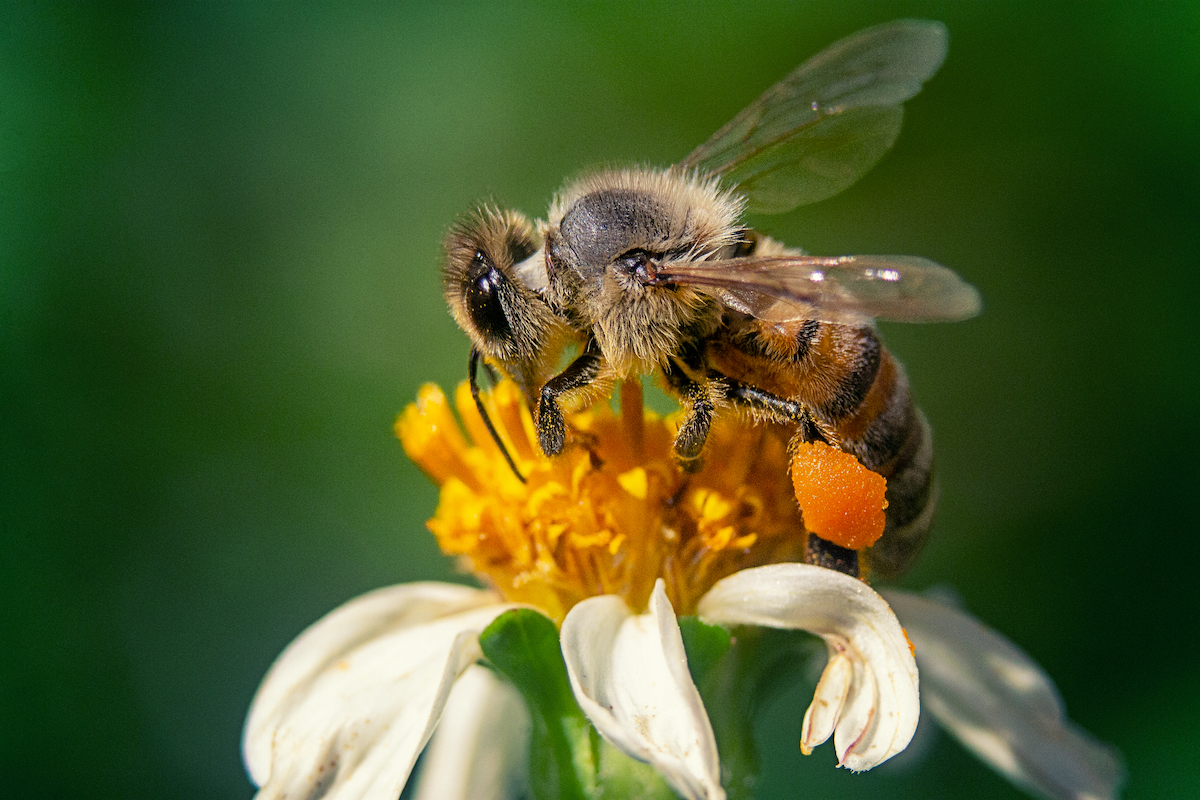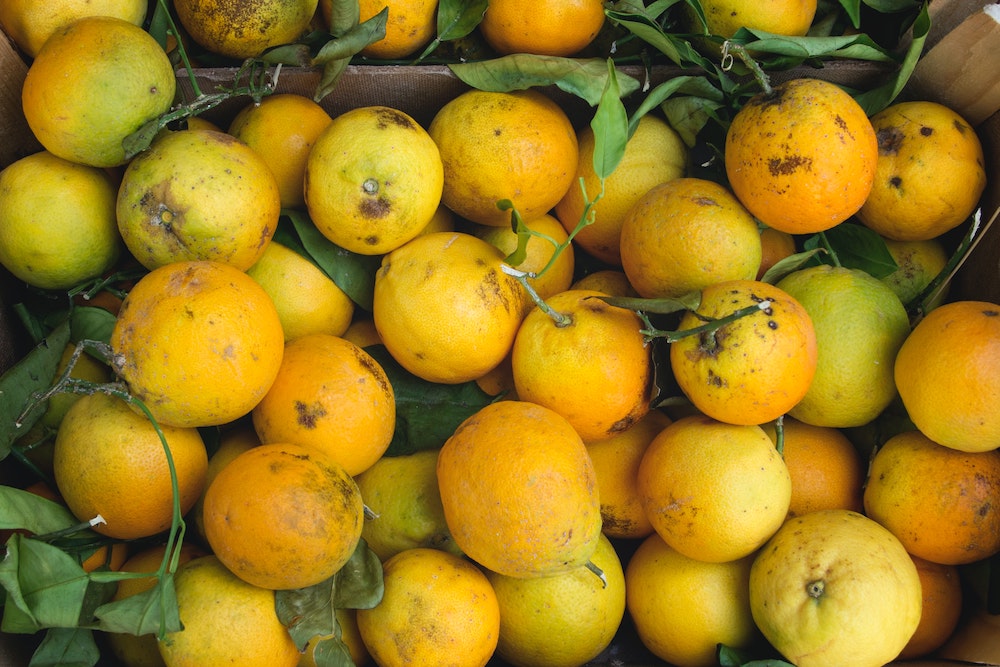Watch Videos
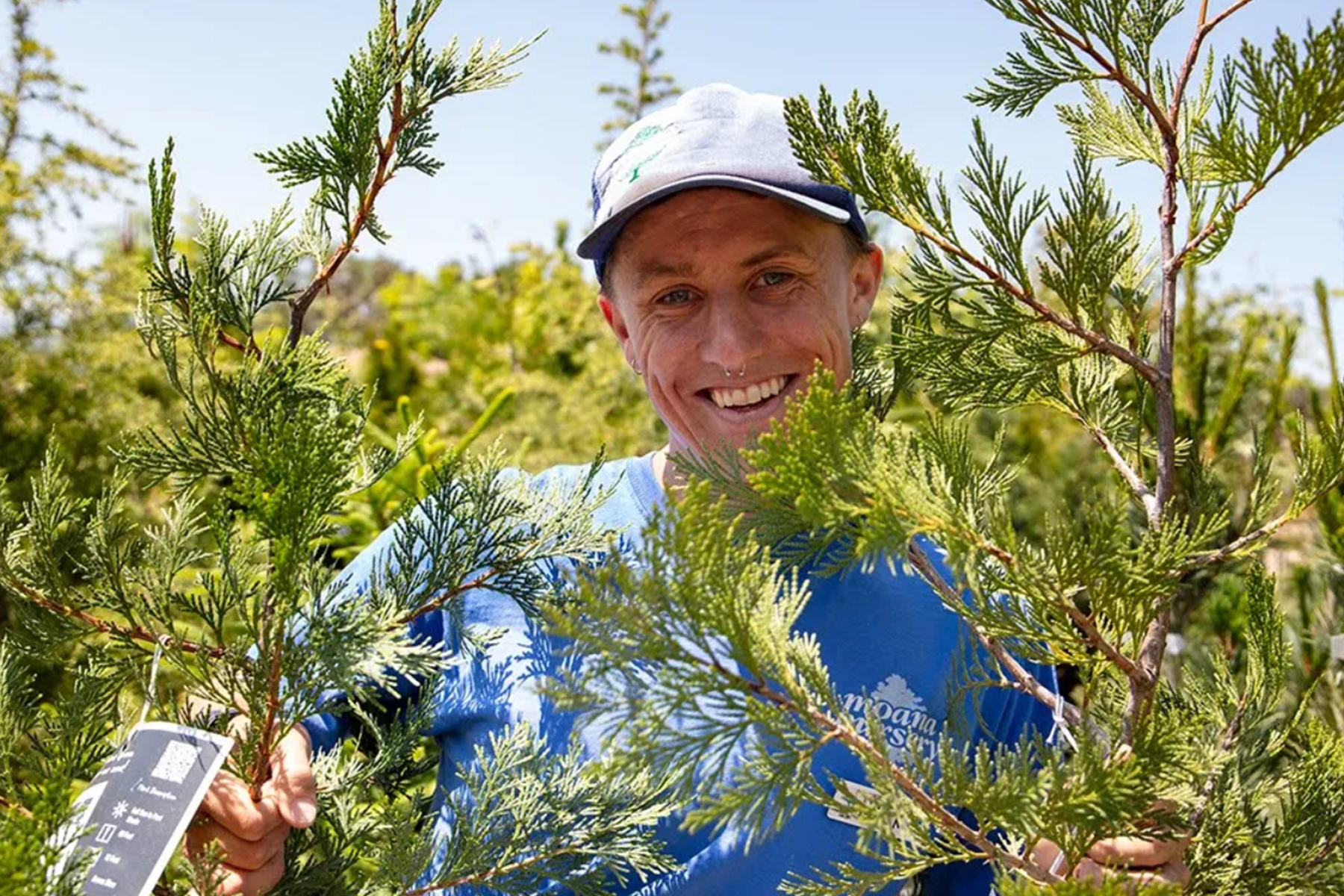
Tree Talk: Incense Cedar, no Cedar Can Beat ‘Er!
Discover everything you need to know about the Incense Cedar tree (Calocedrus decurrens) with Plant Doctor Nick!
Proper Pruning for Spring-Blooming Shrubs
Plant Doctor, Rob Bouck walks you through the specifics of all you need to know about pruning your spring-blooming beauties!
What’s the Hellebore?
Liven up your winter landscape with hellebore! Plant Doctor, Jeni Lowery, tells us all about the hellebore.
Find the Conifer for Yew!
Conifers come in all shapes and sizes and bring year-round beauty to your yard.
Read Helpful Tips
Plants & Trees Articles
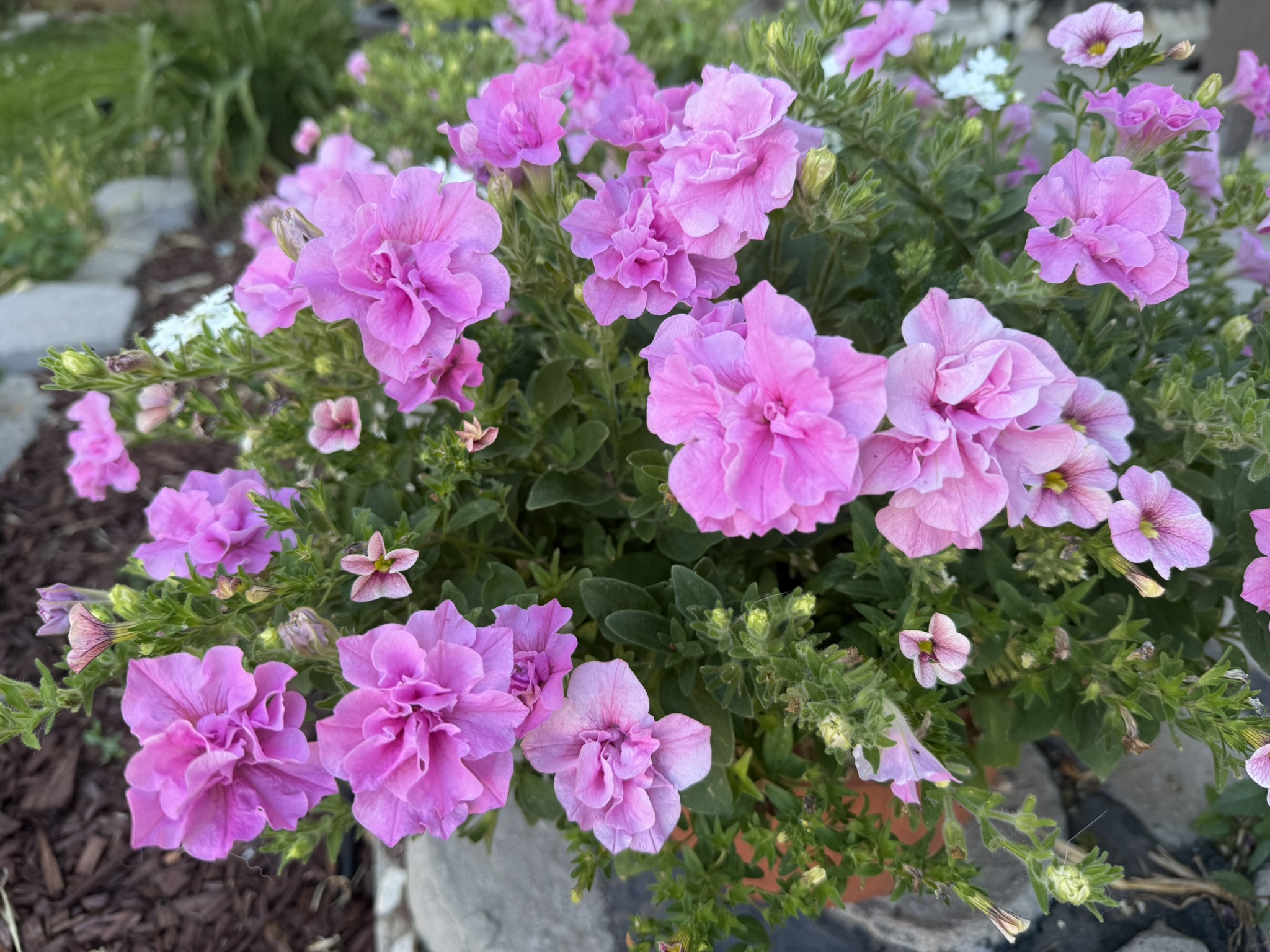
Annuals grow fast and bloom hard. That kind of performance takes fuel, and fertilizer is their go-to energy source.
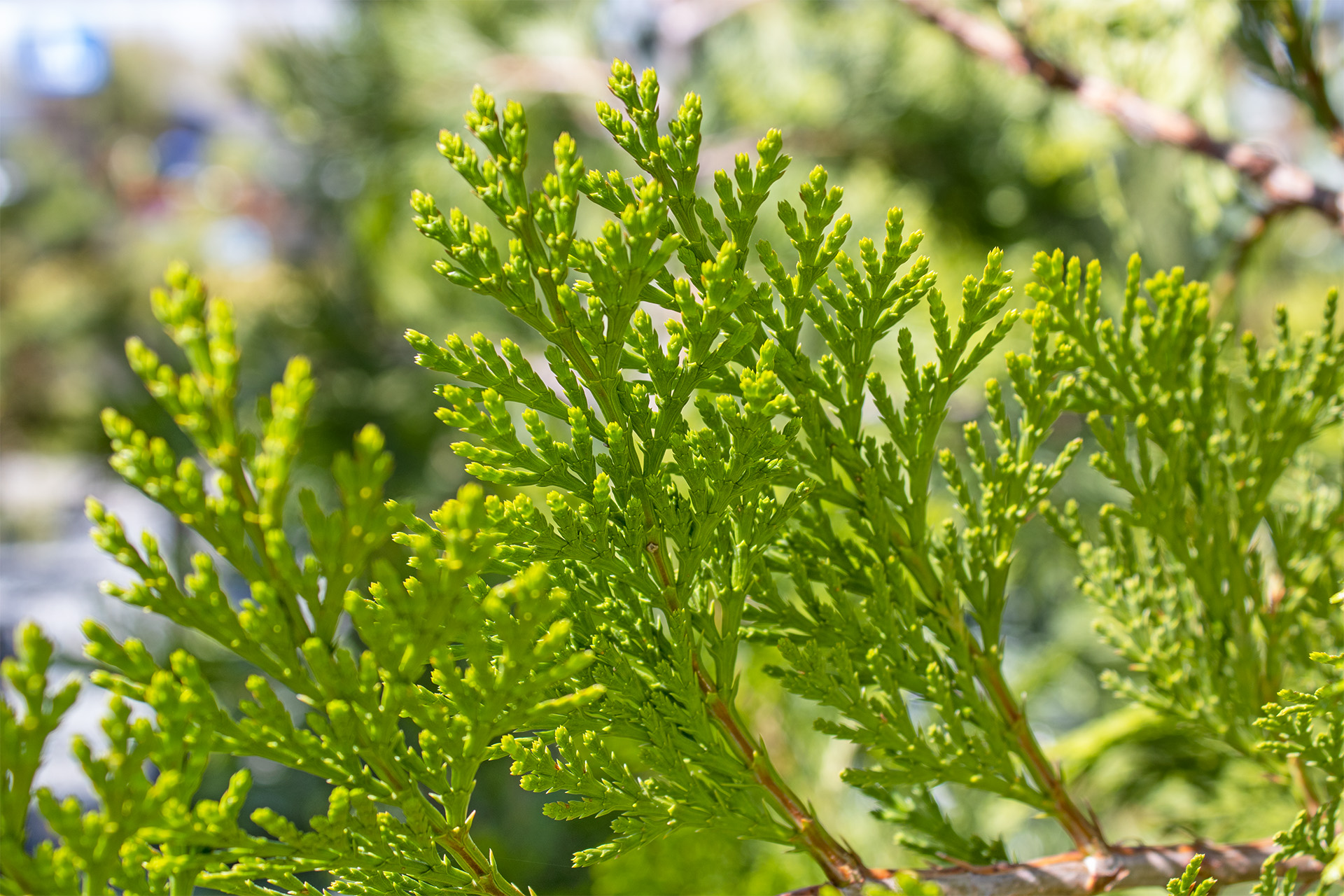
With its graceful shape, aromatic wood, and vital ecological role, the Incense Cedar is more than just an attractive tree—it’s a fantastic addition to any garden in the high desert.

The Sun Valley Red Maple is not just another tree—it's a resilient, seasonal beauty that thrives in the high desert, offering you years of color and grace in your landscape.

Whether you’re looking to enhance your garden with a striking ornamental tree or want a compact, resilient option for smaller spaces, the Snowdrift Flowering Crabapple tree is a fantastic addition to your landscape.
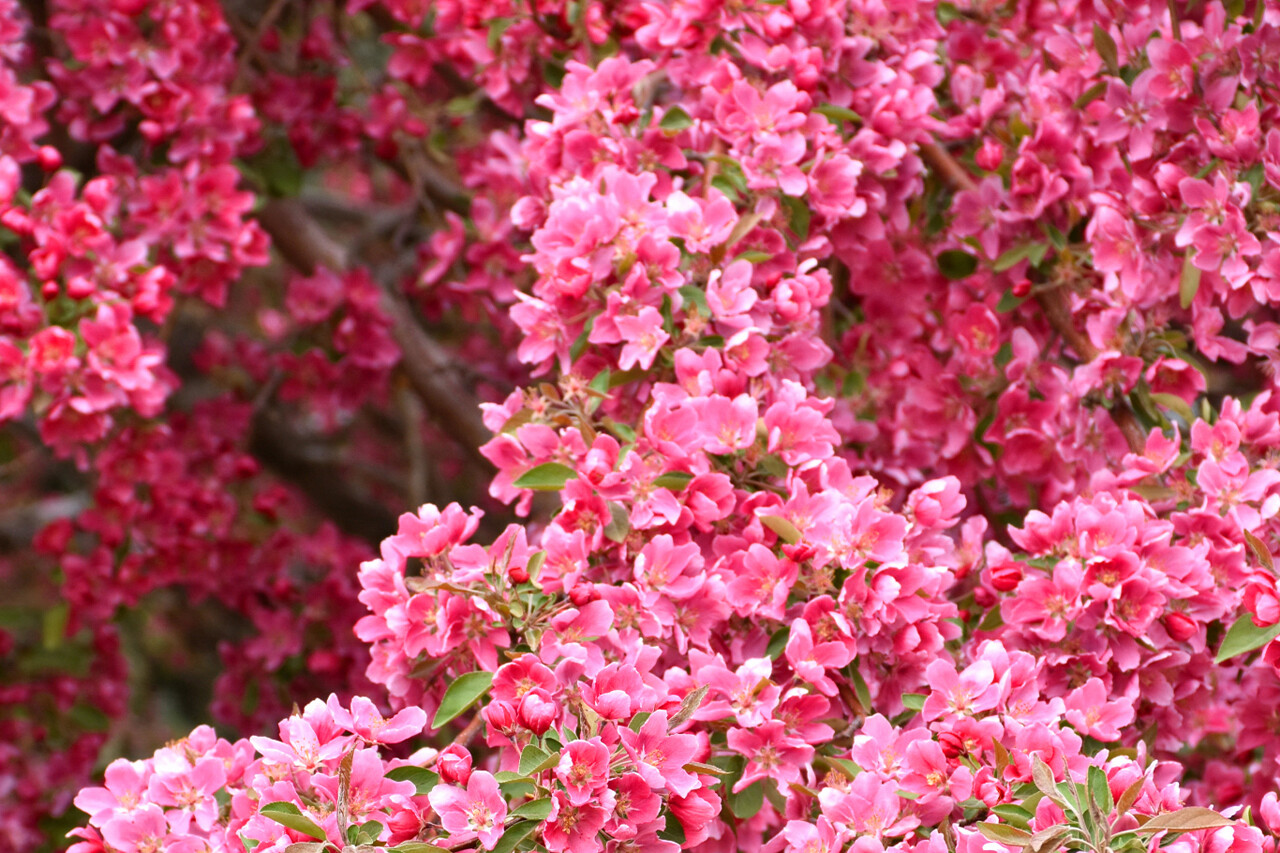
Whether you're planting in a small yard or looking to enhance your landscape with a versatile, low-maintenance tree, the Prairifire Flowering Crabapple tree is a perfect choice for the high desert.
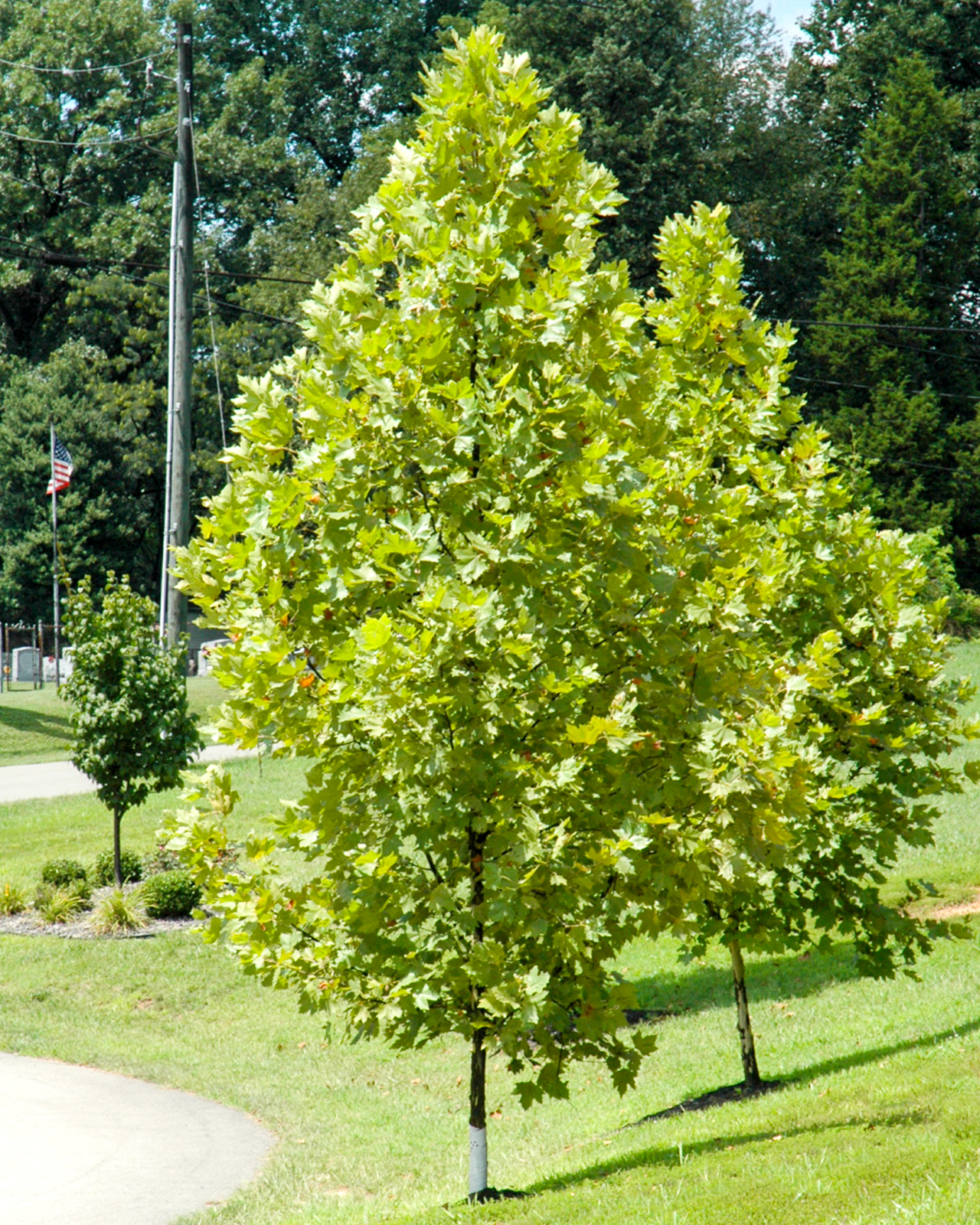
Whether you’re looking to add shade to your landscape or create a striking focal point, the Exclamation! London Planetree is a perfect addition to your garden.

Exciting news for residents of Sparks, Nevada! The city has launched a wonderful initiative to enhance green spaces and beautify neighborhoods by giving away free Moana Grown trees
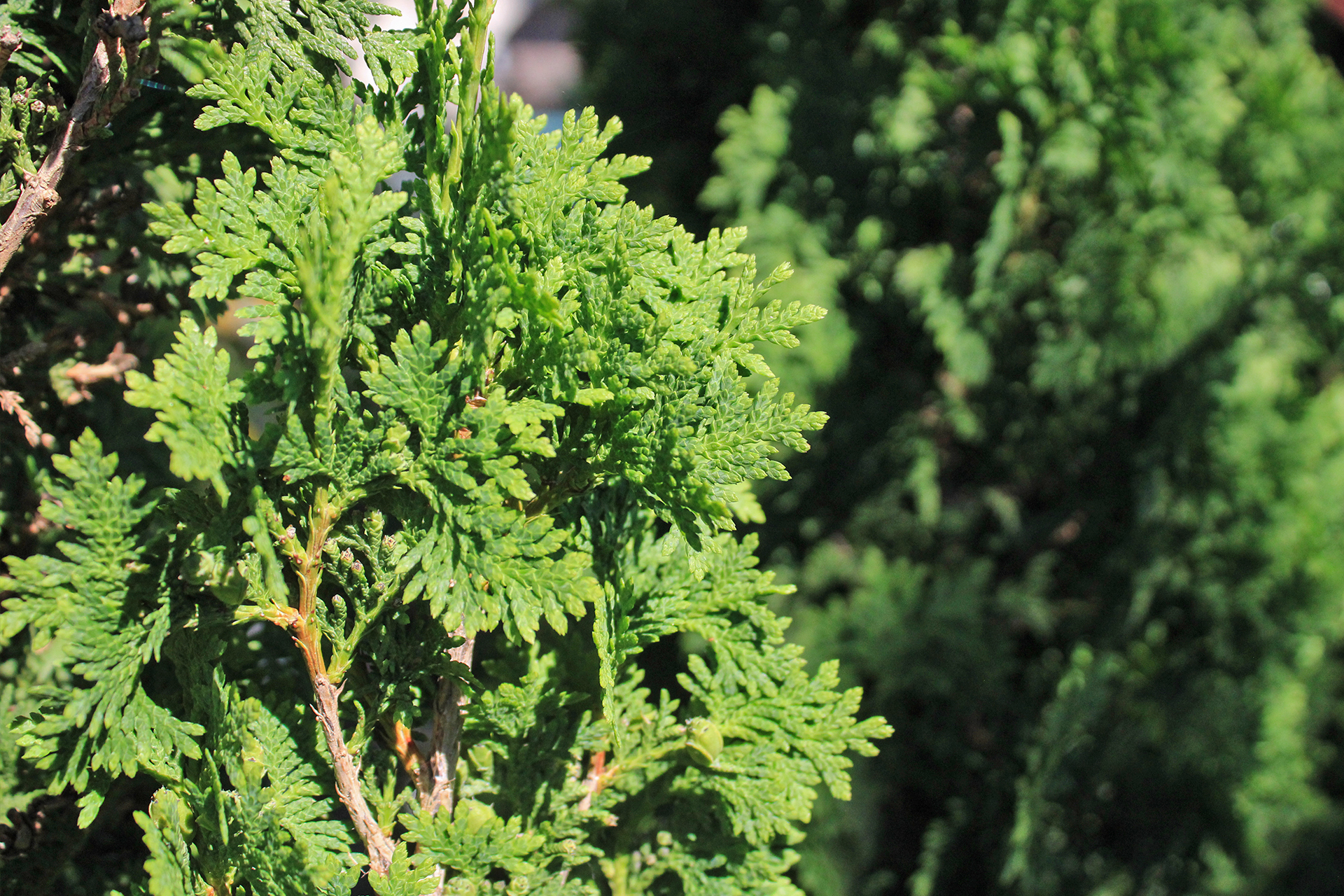
Regular care and preventative measures can keep your evergreens healthy and vibrant through the winter months.
Tips for Plants, Trees, and Shrubs
- Plant your plant in the ground as soon as possible, in a hole 2x the width of the root ball. Plants that have been planted in containers or not planted at all are not be covered by our warranty.
- Enrich your soil with much needed nutrients, we recommend G&B Organics Soil Building Conditioner and G&B Organics Purely Compost. The soil in our region has a tendency to be baron, planting without adding nutrients can put your plant at risk.
- Water! Plants without proper irrigation will not be covered by our warranty. For best results, add Superthrive to your first watering to reduce transplant shock.
- Staking may be necessary for trees or saplings. High winds can dislodge plants that are not appropriately staked. Without proper stakes, wind damage may not be covered by our warranty.
- Mulching in warmer months keeps root balls wet longer and reduces your water usage. Mulching in colder months prevents frost damage to roots.
- Fertilize, plants need food, too! For new plantings you should only use slow release fertilizers like G&B Organics Starter Fertilizer or G&B Organics Paradise Fertilizer.
